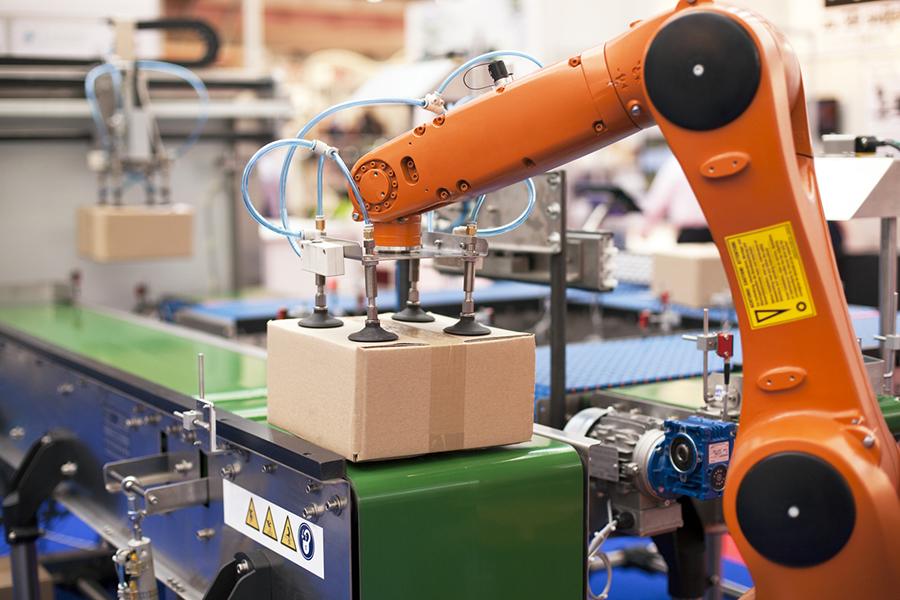 A new report published by Allied Market Research projects the global market for robotic material handling will grow to reach approximately $39 billion by 2022. This number represents a wide range of robotic solutions, from conveyor systems to robotic arms, but nonetheless reveals explosive market growth for these products.
A new report published by Allied Market Research projects the global market for robotic material handling will grow to reach approximately $39 billion by 2022. This number represents a wide range of robotic solutions, from conveyor systems to robotic arms, but nonetheless reveals explosive market growth for these products.
Europe is expected to be the main source of demand for these automated technologies to supply their growing manufacturing industries.
What's Driving this Growth in Robotic Material Handling?
Robotic material handling processes such as pick and place applications, machine tending, palletizing, and part transfer are needed in just about any process that involves production. The fact that these processes are so common is part of why this growth is happening.
However, another factor cited in the report is that new vision systems, such as embedded laser triangulation 3D vision systems, are enabling superior capabilities for robotic material handling. For example, pick and place used to be extremely difficult for robots before the advent of 3D vision guided robots. Now it is a commonplace application.
Why Use Robotic Material Handling?
If you're considering investing in robotic material handling, know that there are a few reasons it's becoming so popular with manufacturers across the globe. Here are a few benefits you may see from robotic material handling:
- Productivity: robots are faster and more accurate than humans in most industrial applications, particularly the mundane, repetitive tasks like material handling.
- Quality: by nature, robots are highly repeatable, which reduces scrap and rework processes that comes with human error.
- Flexibility: vision guided robots can perform a variety of tasks once they’re programmed properly, making ROI easier to achieve than ever before.
Robotic material handling provides a number of benefits over manual processes, but the ones mentioned above are some of the most important.
The market for robotic material handling is set to explode. Given the benefits these automated processes provide, as well as the widespread need for them, it’s not a huge surprise.



No comments:
Post a Comment